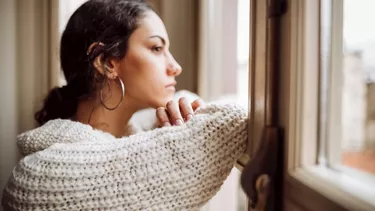Anxiety is a common condition. It’s a normal human reaction to stressful situations. Anxiety can make you feel nervous, worried, panicky and fearful.
There are several women’s health conditions that are associated with anxiety, for example, endometriosis, polycystic ovary syndrome and menopause.
It’s good to know there are many ways to manage anxiety so it doesn’t affect your daily life. Learn more about anxiety, the symptoms, causes, how to manage the condition and where you can get help.






This content has been reviewed by a group of medical subject matter experts, in accordance with Jean Hailes policy.
© Jean Hailes Foundation. All rights reserved.